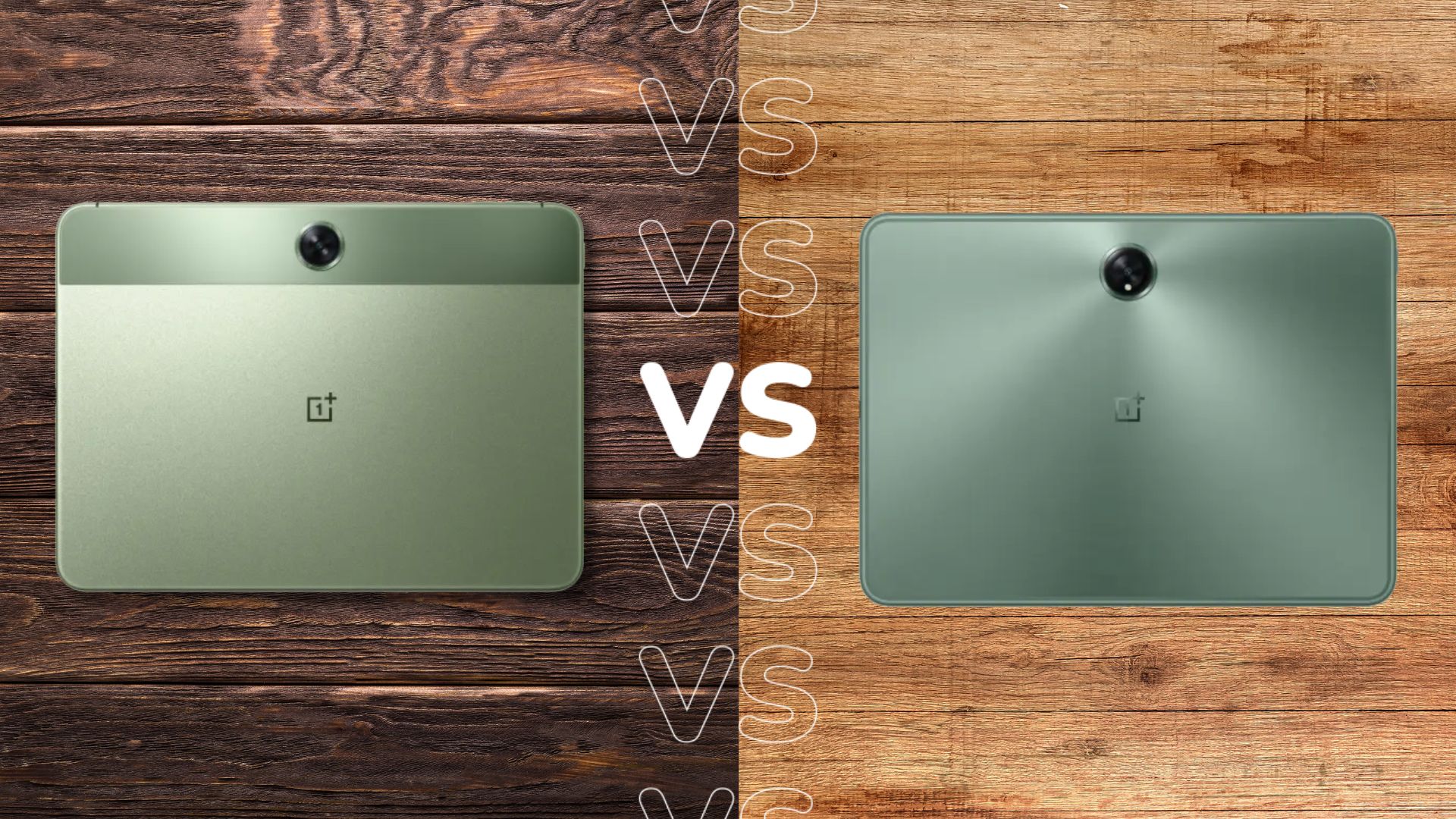Meta Quest 3 vs Pico 4: Which VR headset should you buy?
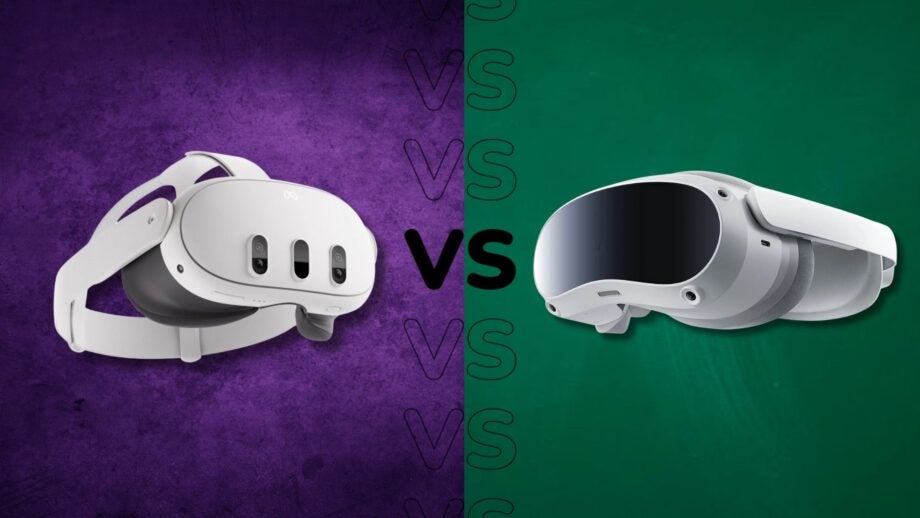
The Meta Quest 3 is the VR titan’s latest standalone VR headset, but there’s increased competition in the VR space now than when it launched the Quest 2 in 2020. With that said, how does the Meta Quest 3 compare to the Pico 4?
While both headsets offer a broadly similar experience with slimline HMDs, fairly lightweight controllers and solid performance, there are key differences between the two that’ll influence which you should go for.
That’s where we at Trusted Reviews come in; we’re virtual reality experts, and having spent a lot of time in the virtual world of both the Meta Quest 3 and Pico 4, here’s how the two compare.
Pricing and availability
The Pico 4 is the cheaper of the two VR headsets, with a £379 RRP, though the 128GB model can be found for just £279 at the time of writing. The catch? It’s only available in the UK and Europe, with no official US availability.
The Meta Quest 3, on the other hand, is available in the UK, Europe and the US, and starts at £479/$499 with the same 128GB of storage.
Design and controllers
Design is somewhat subjective, but we feel that the Pico 4 is the better-looking of the two headsets. While both have similarly slim head-mounted displays thanks to the use of pancake lenses instead of older, larger fresnel-based lenses, the Pico 4 sports a stylish shape with an all-black fascia that makes it look more like the Apple Vision Pro than the Quest 3.
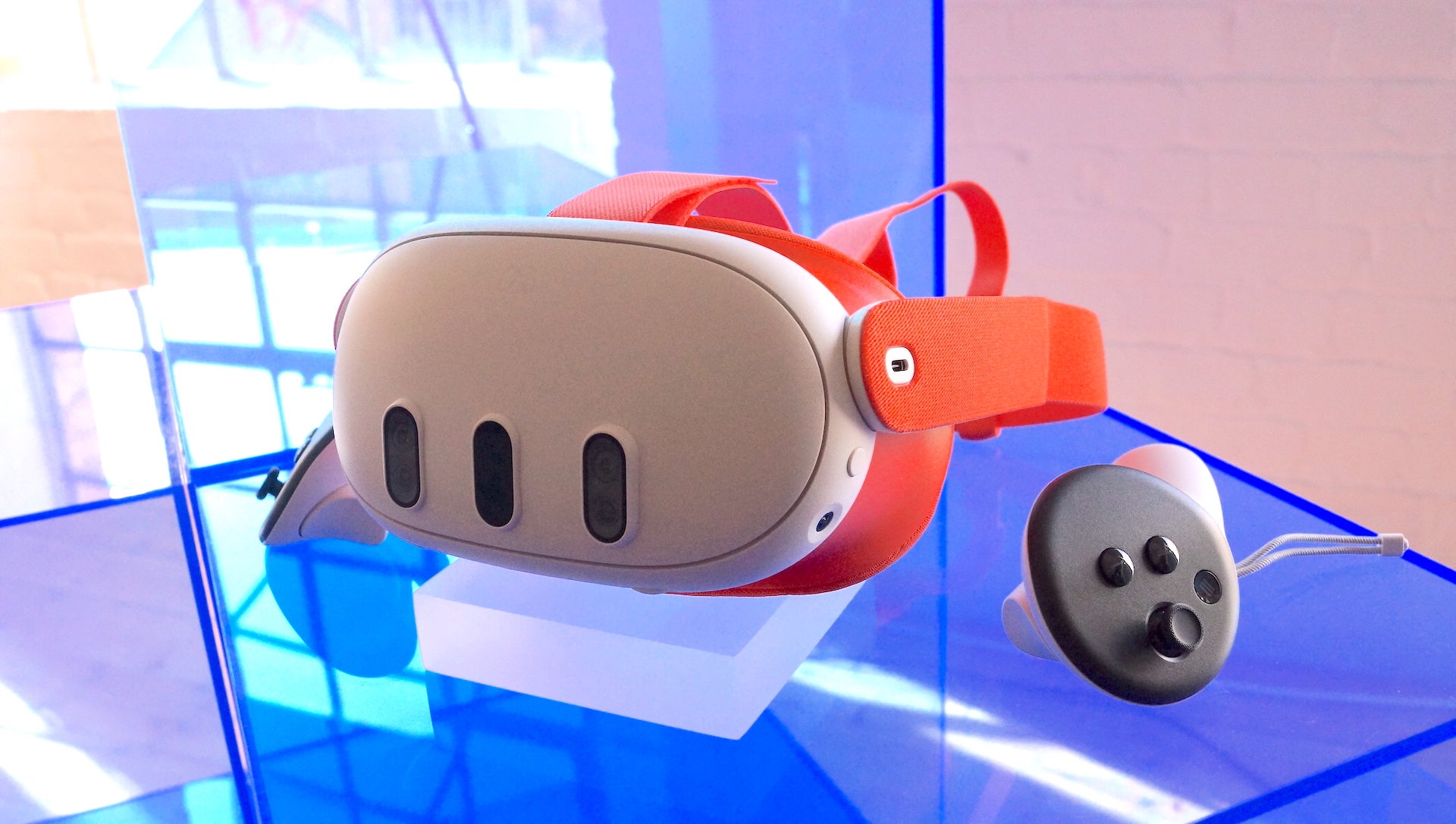
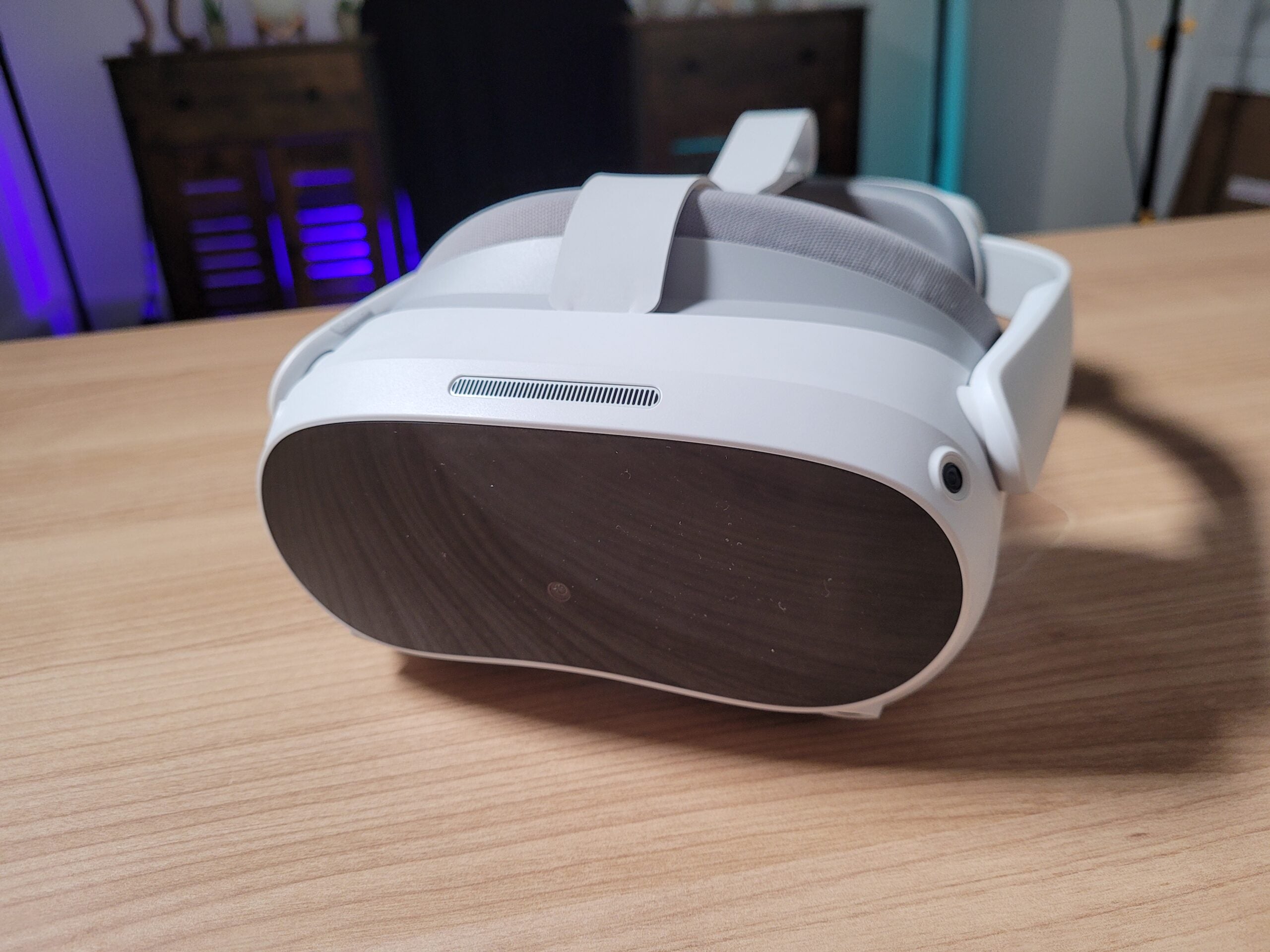
The Quest 3, while certainly not an ugly headset, doesn’t look quite as sleek with an all-grey plastic design and a small smattering of cameras placed centrally on the front of the headset, along with cameras around the edges for tracking. The Pico 4 also has cameras for passthrough and tracking, but with a black surround, it’s very hard to spot.
The Pico 4 also sports a rigid crank-style headband, with the battery placed at the back of the headset to help balance the weight – a similar system to the top-end Quest Pro. It really does help, as we felt the Pico 4 had a great sense of balance, while the Quest 3 felt a little front-heavy, especially during longer periods of play.
This does make the Pico 4 harder to transport in a rucksack, but it’s also much more stable and easier to fit than the awkward Y-shaped fabric band of the Quest 3. You can get a similar crank-style band for the Quest, but you’ll have to fork out an additional £69/$69 for the pleasure.
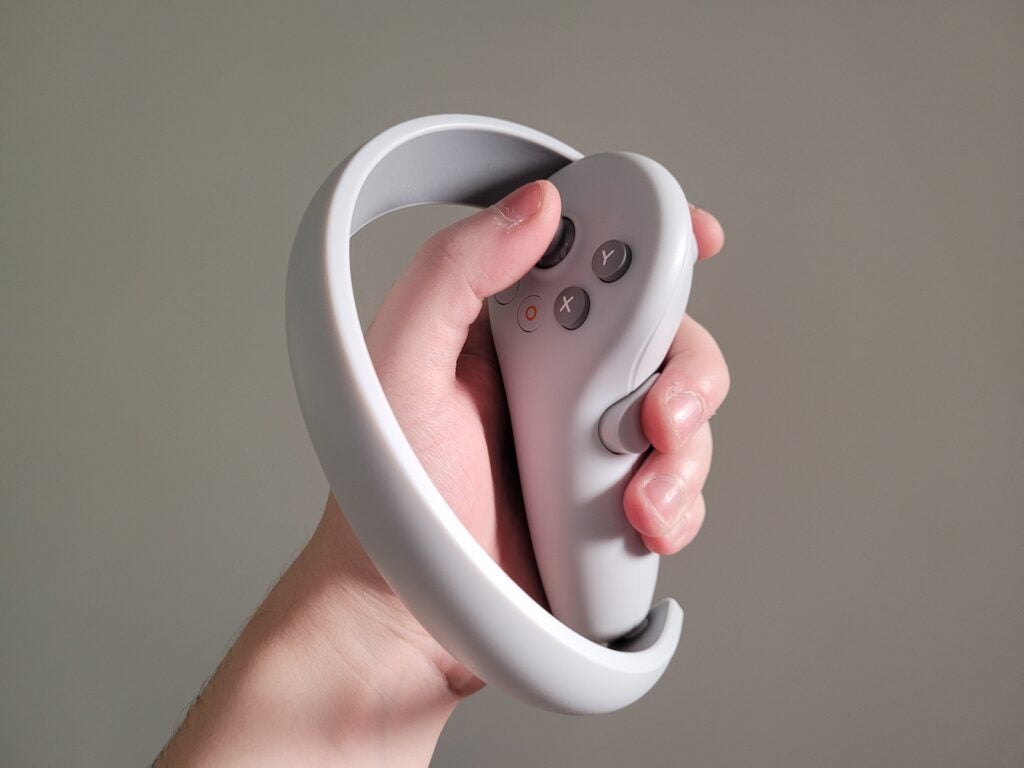
Stepping away from the headset, the Pico 4’s accompanying controllers look closer to those of the Quest 2, rather than the more recent Quest 3. In fact, they look near-identical, with the only real difference being that the Pico 4’s controllers are slightly longer and provide more room to grip.
Compared to the Quest 3’s controllers, however, the Pico 4’s controllers look rather dated. While the two share the same broad design, sporting the same combination of face buttons, grip buttons, triggers and analogue sticks, the Quest 3 ditches the tracking ring present on the Quest 2 and Pico 4.
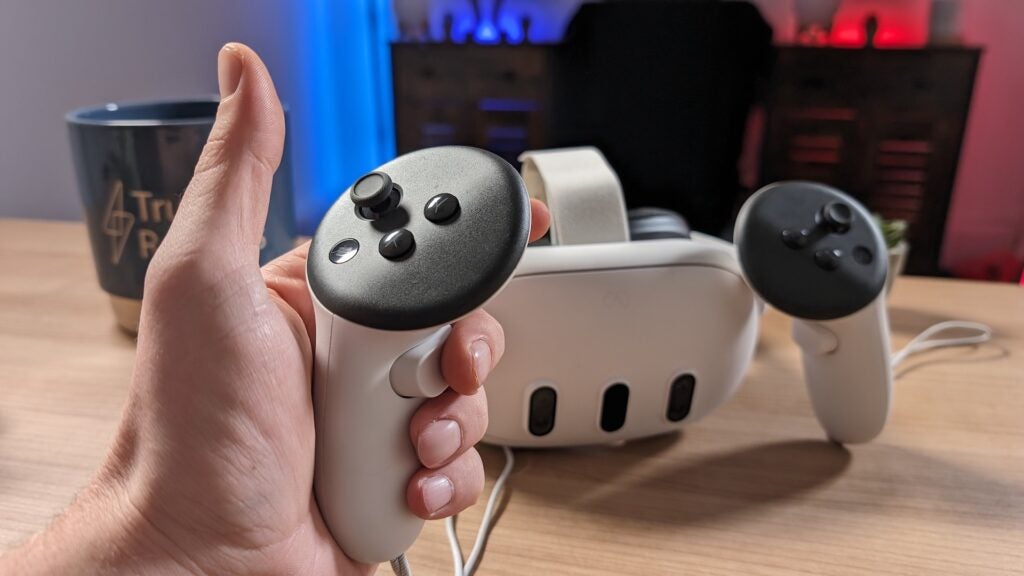
This makes the Quest 3 controllers much more compact and easier to use. It also means you no longer knock the tracking rings together when grabbing something with two hands in a VR title.
Aside from that, the experience is fairly consistent among the two, with both sharing the same requirement for AA batteries to perform. It’d be nice to get USB-C charging from both, but at the same time, it’ll avoid the issue of battery degradation so it is understandable.
Performance and features
When it comes to pure processing power, the Quest 3 has the upper hand with the use of the more powerful (and more recent) Snapdragon XR2 Gen 2, while the Pico 4 utilises the same Snapdragon XR2 chipset as the Quest 2.
The newer chipset offers impressive gains over the XR2 chipset, with Meta claiming a boost of 2.5x to GPU performance, 8x improved AI performance and 50% better power efficiency, and that’s clear from the impressive VR experience from the headset.
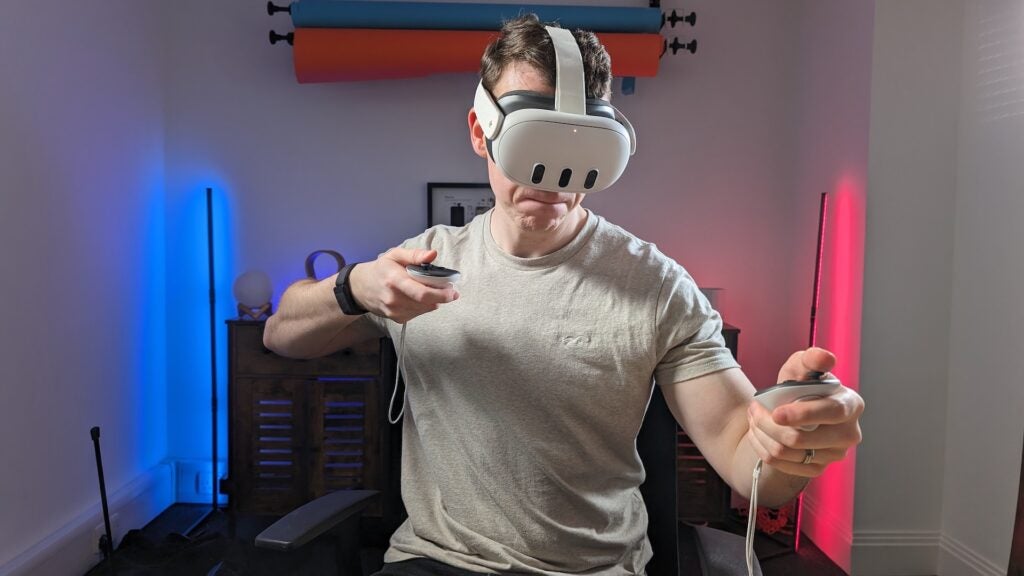
We were thoroughly impressed not only by the higher resolution 2064 x 2208 per-eye pancake lenses, but also by the quality of the VR titles themselves, with higher-resolution textures and new particle effects that weren’t possible with the Quest 2’s XR2 chipset. We thought it was a day-and-night visual change and that translates to a great VR experience.
The Pico 4 also has pancake lenses and an impressive 2160 x 2160 per-eye resolution, but utilising the same chipset as the older Quest 2, it can’t quite deliver those same highly detailed textures or deliver quite as high frame rates; the Pico 4 caps out at 90Hz, while the Quest 3 boasts 120Hz support. That said, the experience is still pretty great with the same accurate inside-out tracking as the Quest 3, complete with the same stereo audio support.
Both headsets offer colour passthrough camera capabilities for mixed-reality applications, though Meta’s dual-camera offering is clearer than the Pico 4’s single-camera setup. The Quest 3 also has much more in the way of MR capabilities, with a suite of MR apps – that we’ll come to in a bit – and a dedicated depth sensor that helps it stand out even compared to the top-end Quest Pro, let alone the Pico 4.
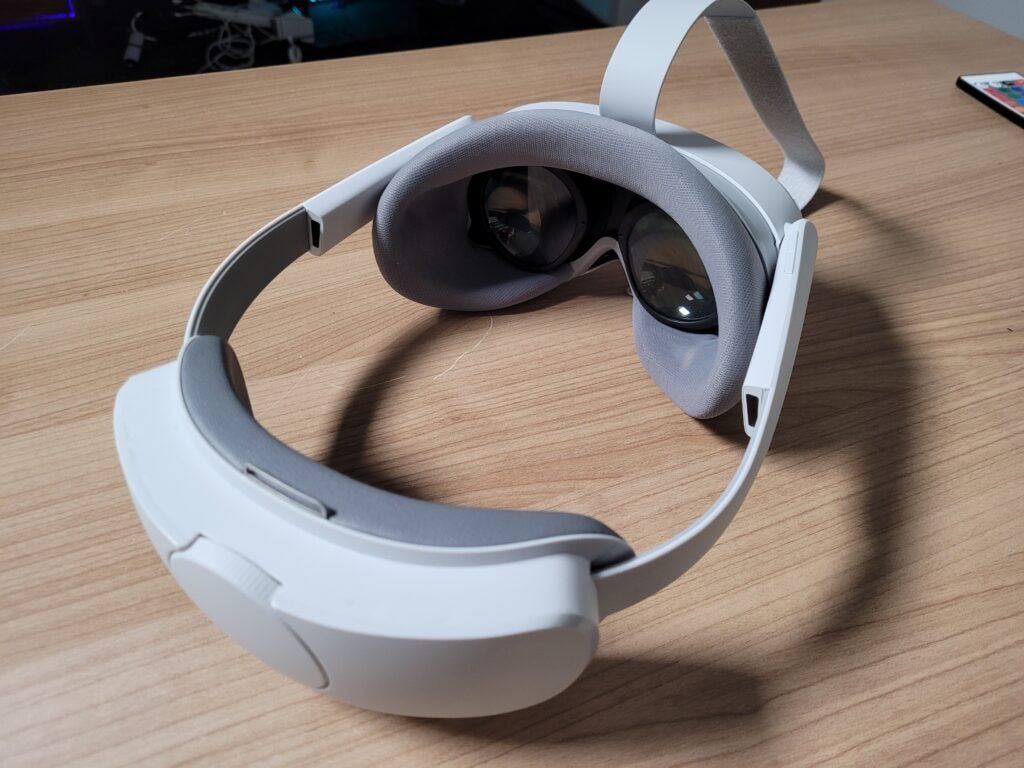
The Quest 3 also offers impressive hand-tracking capabilities, allowing you to ditch the controllers altogether in supported apps and games. The Pico 4 also offers hand-tracking capabilities, but it lacks developer support, meaning it’s relegated to navigating the headset’s UI for now.
App and game availability
While the Quest 3 and Pico 4 are fairly evenly matched in terms of hardware, Meta’s headset pulls away in one key area: game and app availability.
Meta’s VR headsets have been on the scene for quite some time now, with the first-gen Quest making its appearance back in 2019. This means that VR developers have five years to create content for the platform.
Meta has also funded plenty of top-end VR titles, like Resident Evil 4 VR and Asgard’s Wrath 2, which means they’re exclusive to the Quest platform. At the time of writing, over 500 titles are available to download on the Quest Store.
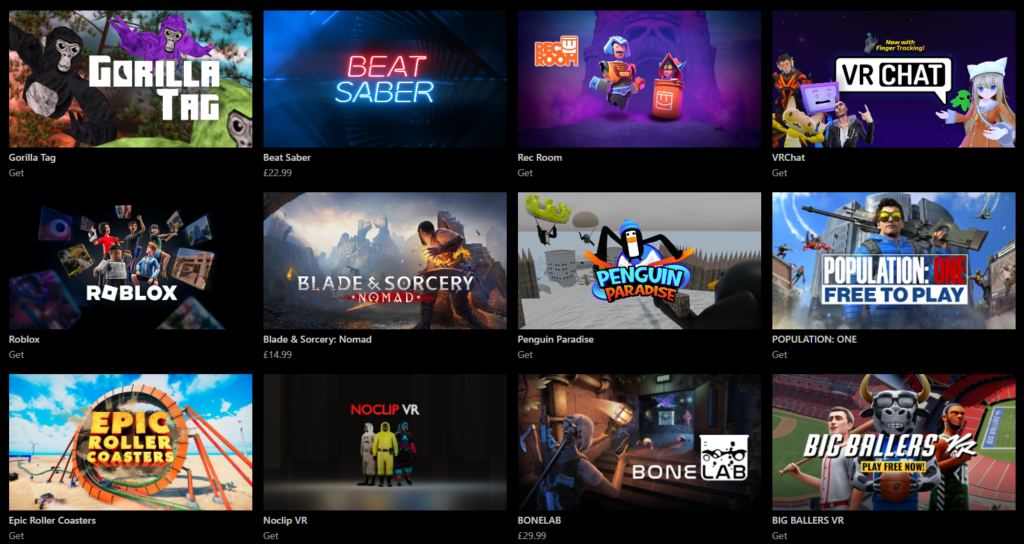
Quest 3 also has a broad library of mixed reality titles despite only launching in October 2023, and Meta plans to release more MR capabilities – like virtual interactive widgets that sit in your real-world environment – in the future.
The Pico 4’s app library was much smaller at launch in 2022, with only 150 apps available to download on the storefront. Even then, big VR apps like Beat Saber and Among Us were – and still are – missing from the Pico Store.
The company has made an effort to bring big games to the store since launch, with titles like Red Matter 2, Blade & Sorcery Nomad and After The Fall now available on the Pico Store, but it’s still not quite as expansive as the Quest Store’s offering.
This doesn’t matter quite so much if you’ve got a gaming PC and want to play PC-powered VR titles, as both offer wireless connectivity with a local PC, but if you really want to use the headset’s standalone nature, the Quest 3 is the one to go for.
Battery life
When it comes to battery life, both VR headsets should perform on a fairly similar level, though the exact timings will depend a lot on what you’re doing on the headset; you’re more likely to drain the battery playing mixed reality titles on the Quest 3 than standard VR titles on the Pico 4, for example.
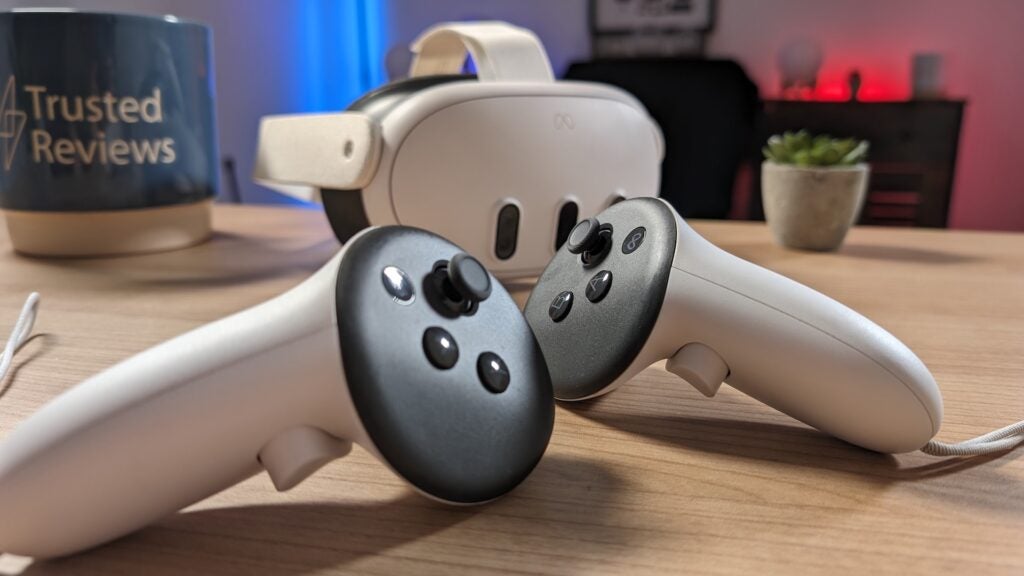
That said, both headsets come with a claimed 2-3 hour battery life which we found to be pretty much on the money in our review process, though the Quest 3 can fare a little better with its new Battery Saver mode activated. It essentially reduces performance with a slightly lower refresh rate and resolution to help the headset last as long as possible, though you won’t see dramatically longer use times with the mode on.
Both headsets charge via USB-C, though the Quest 3 regains its charge a little faster than the Pico 4 with 30W fast charge capabilities. In our experience, it’ll still take around two and a half hours to charge the former, though both headsets can be used while they’re charging as long as your charging cable is long enough.




